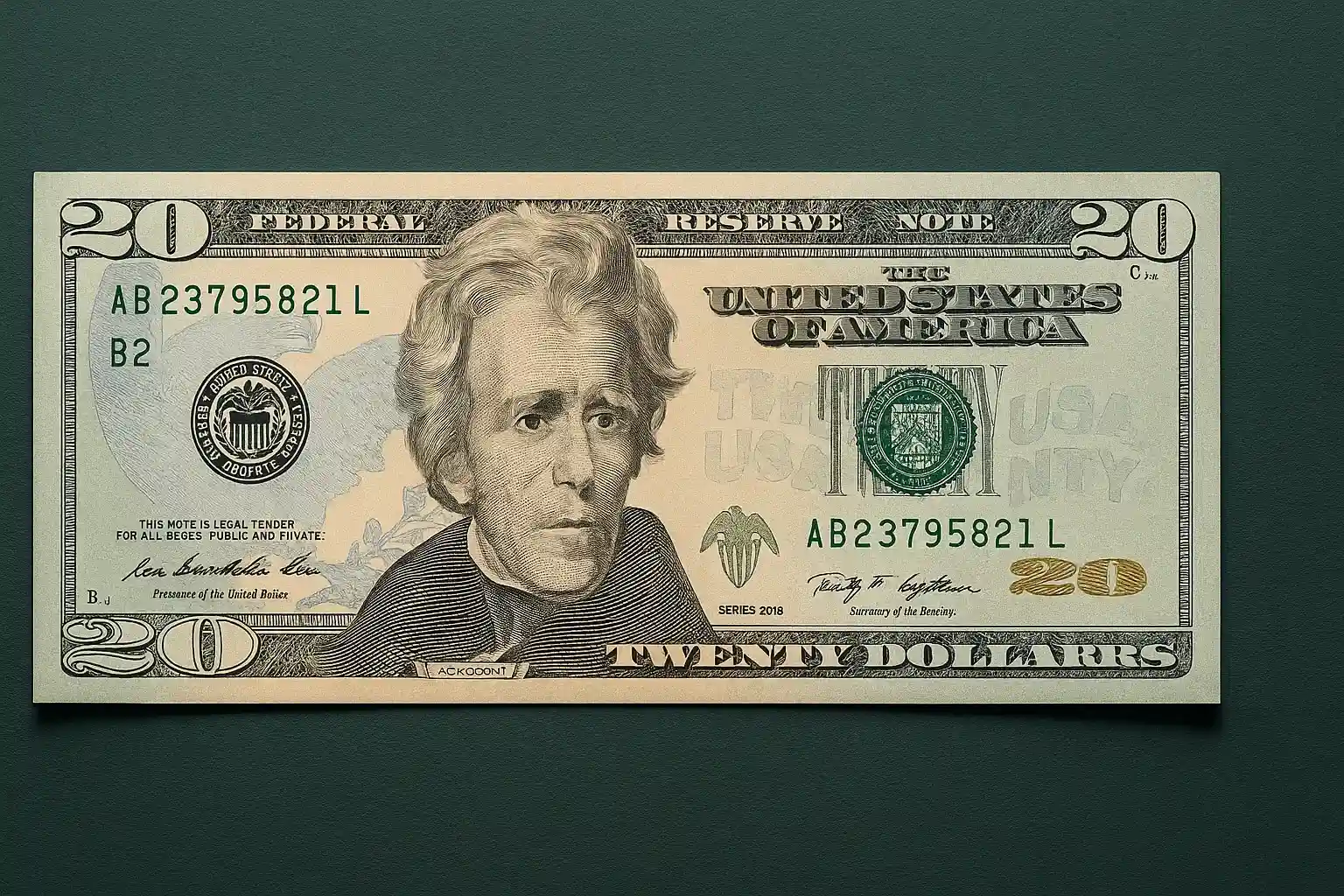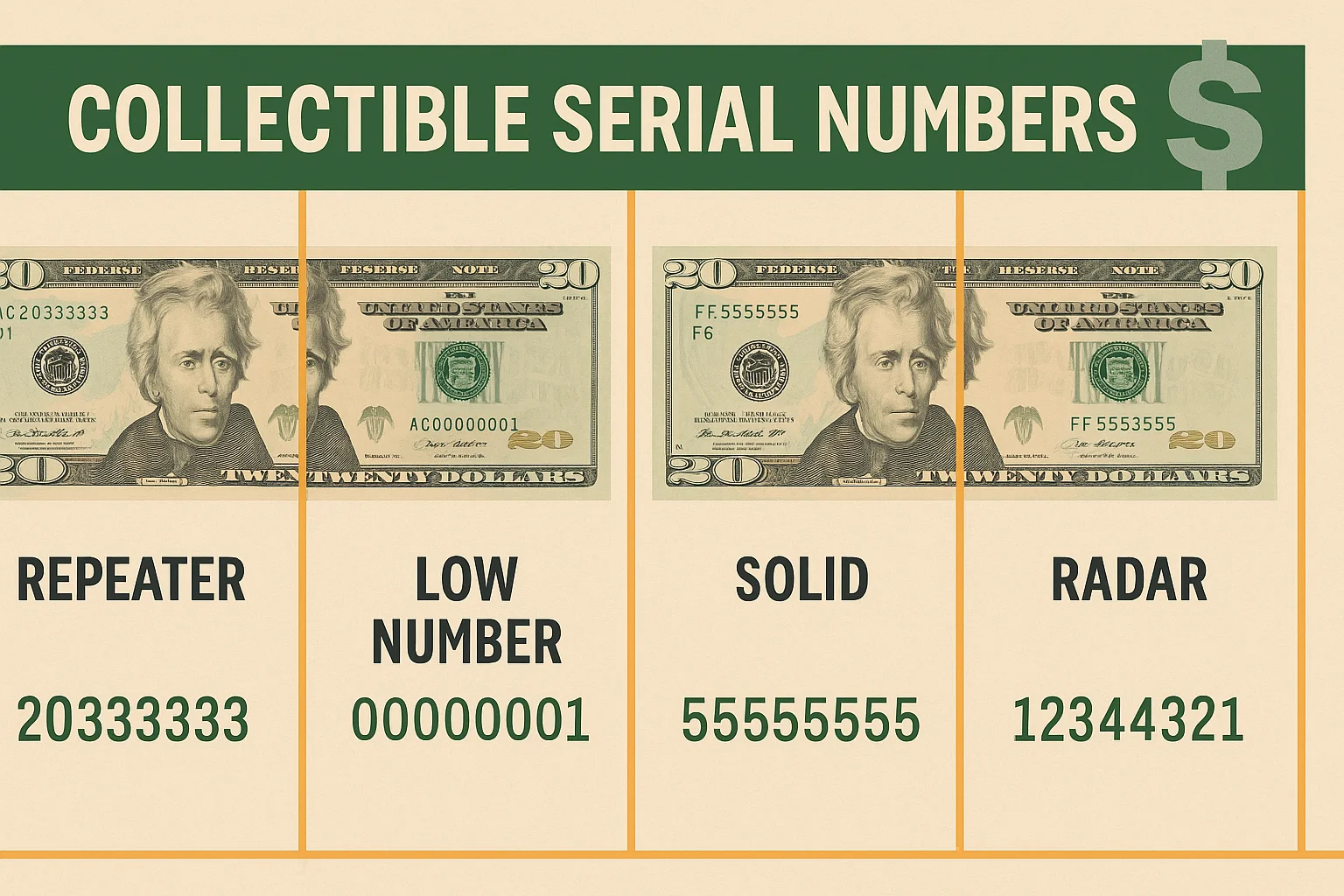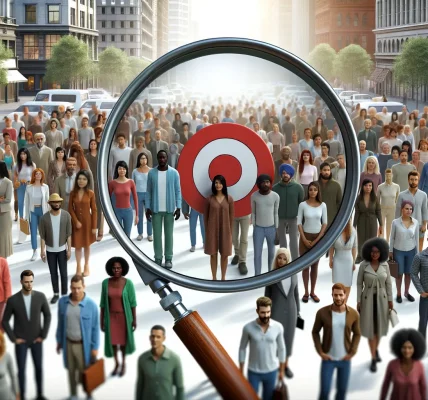The $20 bill is America’s most misunderstood piece of paper.
Used daily and folded carelessly into wallets, gas station change trays, and vending machines, the twenty is the workhorse of American currency.
But look a little closer, and you’ll find a bill steeped in controversy, rich in history, and bursting with surprises—from rare misprints and valuable serials to a face that might be gone in the near future. But who is on the 20 dollar bill?

Whose Face Is That? Jackson, Tubman, and a Symbolic Shift
Since 1928, the $20 bill has featured Andrew Jackson, a president who—ironically—despised paper money and dismantled the national bank. His face has stirred debate, especially over his policies toward Native Americans.
In 2016, the U.S. Treasury announced that Harriet Tubman, the legendary abolitionist and conductor of the Underground Railroad, would replace Jackson on the $20—a move symbolizing justice and progress.
While delayed due to design and security concerns, Tubman’s bill is still planned, potentially launching before the end of the decade.
Creative twist: If the Tubman note launches, early serials from that series may become instantly collectible.
A Time Machine in Your Pocket: The History of the $20
- 1861: First $20 demand notes issued during the Civil War
- 1882–1907: Gold certificates and National Bank Notes circulate with grand designs
- 1928: Notes shrunk to modern size
- 1996–2003: Anti-counterfeiting features introduced: watermarks, security threads, microprinting
- 2003–Present: Color added—shades of green, peach, and blue give the $20 a subtle pastel look
Hidden Gold: Rare $20 Bills Worth Thousands
Some twenties aren’t worth twenty—they’re worth a few car payments. Here’s what to look for:
Top Value Triggers:
- Star notes (replacement notes)
- Fancy serial numbers: 00000001, 12344321, 88888888
- High condition pre-1990s notes
- Misprints: Inverted seals, mismatched serials, or ink smears
- National Bank Notes from the early 1900s with town names printed on them
Hot tip: A 1928 $20 Gold Certificate in crisp condition can sell for over $5,000. Some 1996–2004 fancy serials have sold for $10,000+.
Collector’s Cheat Sheet: What’s Your $20 Really Worth?
| Note Type | Condition | Value Range |
| Modern Series (2004–2023) | Circulated | $20–$25 (face or slightly more) |
| Star Notes (Modern) | Crisp Unc. | $30–$200+ |
| Fancy Serials | Crisp | $75 – $10,000+ |
| 1928–1985 Small Size | XF or better | $35 – $500 |
| 1860s–1910s Large Notes | VG to UNC | $300 – $10,000+ |
Spot the Fakes: Security Features You Should Know
The $20 is the most counterfeited bill in the U.S., which is why the government has layered it with high-tech defenses:
- Watermark: A faint portrait of Jackson visible when held to light
- Security thread: A plastic strip running vertically, glowing green under UV
- Color-shifting ink: Tilt the bill—“20” changes from copper to green
- Microprinting: Look closely around Jackson’s collar and the White House
- Raised ink: Rub your fingers across Jackson’s shoulder for texture
If something feels off—it probably is. Always compare to a trusted bill.
Preserving the Twenty: How to Store Rare $20 Bills
If you find a collectible bill, don’t fold it, don’t wash it, and don’t frame it with tape.
Use these best practices:
- Store in archival-grade sleeves made for currency
- Avoid direct sunlight, humidity, or frequent handling
- Never flatten creases or “clean” bills—it destroys value
- For valuable finds, get it graded by PMG or PCGS for authentication
Graded bills (especially in 66+ condition) command higher resale prices and auction interest.
What Makes a “Fancy Serial Number” So Valuable?
If you’re staring at your $20 wondering why 00002121 could be worth $1,200—here’s the logic.
Collectors love patterns, and some serial numbers create memorable or mathematically rare formats.

Hot Formats:
- Low numbers: 00000001 through 00000100
- Repeaters: 12121212, 67676767
- Solids: 55555555
- Ladders: 12345678
- Radars: 12344321 (reads the same backward)
- Binary: 01010101
Even some near-miss patterns can sell for hundreds on eBay to the right collector.
Twenties in Pop Culture: The Bill with a Backstory
The $20 bill has made appearances in everything from heist films to conspiracy theories. Some believe certain print runs hide symbols or messages.
In Breaking Bad, The Dark Knight, and even Ocean’s Eleven, the twenty features prominently—often as the bill of choice for shady deals or quick getaways.
Why? Probably because it’s common enough to use, but valuable enough to stack.
How Does the U.S. $20 Compare Globally?
| Country | Equivalent Bill | Security Level | Average Lifespan |
| USA | $20 USD | High | ~7.8 years |
| Canada | $20 CAD (polymer) | Very High | ~10 years |
| UK | £20 GBP | High | ~5 years |
| EU | €20 EUR | Very High | ~8 years |
Fun fact: Canada’s polymer $20 bill can survive washing machines and freezer burns. Ours? Not so lucky.
Digital Dollars and the Fate of the Physical $20
With the rise of Apple Pay, Venmo, crypto, and CBDCs, some ask: Will paper bills survive?
The $20 may eventually become more of a collector item than a currency tool, especially as digital money dominates. But physical bills—especially rare ones—will always hold charm, especially for:
- Collectors
- Prepper economies
- Tourists
- Artists and filmmakers
Prediction: The first run of the Harriet Tubman $20s will become instant collectibles. Keep your eyes open when that release hits.
Final Thoughts: Is Your $20 Just a Bill—or a Treasure?
The $20 dollar bill is more than a green rectangle. It’s a chapter in U.S. history, a puzzle of serials and ink, and occasionally… a ticket to a payday.
So next time someone hands you a twenty:
- Don’t fold it too quickly
- Check the serial
- Look for stars, solids, and stories
- And ask yourself…
Is this just lunch money—or is it a collector’s dream in disguise?












